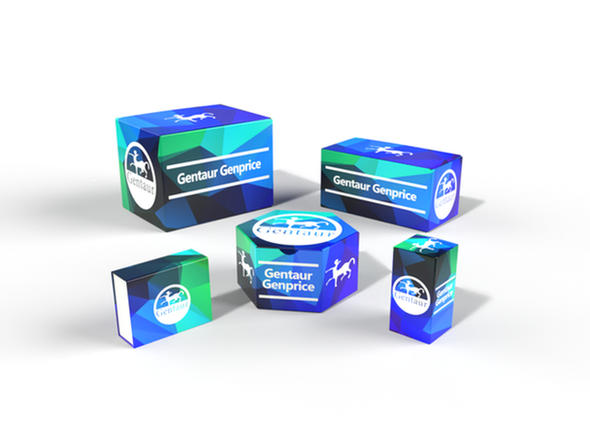Description
KRTAP11-1 Polyclonal Antibody | E-AB-53426 | Gentaur UK, US & Europe Distribution
Type: Polyclonal Antibody
Synonyms: HACL 1, HACL1, High sulfur keratin-associated protein 11.1, High sulphur keratin-associated protein 11.1, KAP11.1, keratin associated protein 11-1 , KRTAP11 1
Application: WB, ELISA
Reactivity: Human, Mouse
Host: Rabbit
Isotype: IgG
Reserch Areas: Signal transduction
Background: Hair is a structure that is unique to mammals. It plays an important role in the retention of heat, as well as sexual dimorphism, attraction of mates and protection of skin. The major components of hair are -keratins and keratin-associated proteins (KRTAPs or KAPs), each of which are encoded by multigene families. Hair keratins form an intermediate filament (IF) network, which is embedded in an interfilamentous matrix consisting of KRTAPs. KRTAPS comprise three major groups, which are essential for the formation of rigid and resistant hair shafts through disulfide bond cross-linking or hydrophobic interactions with keratins. These groups are designated high cysteine (HS), which includes subfamilies 1, 2, 3, 10, 12, 16, 29 and 31, ultrahigh cysteine, including subfamilies 4, 5, 9, 17, 28, 30, 32 and 33, and high glycine-tyrosine (HGT), which includes subfamilies 6, 7, 8, 19, 20 and 21. In addition, subfamilies 11, 13, 24-27, 29, 34 and 35 have high serine content but relative low cysteine content. After further phylogenetic studies, subfamilies 14 and 15 have been grouped with subfamily 13 and subfamily 22 was combined with subfamily 19.
Concentration: 1.1 mg/mL
Storage: Store at -20°C. Avoid freeze / thaw cycles.
Immunogen: Synthetic peptide of human KRTAP11-1
Buffer: PBS with 0.05% NaN3 and 40% Glycerol, pH7.4
Purification Method: Antigen affinity purification
Dilution: WB 1:500-1:2000, ELISA 1:5000-1:10000
Clone: N/A
Conjugation: Unconjugated
Molecular Weight(Calculated): 17 kDa
Molecular Weight(Observed): Refer to figures






